Sometimes, he feels caught between cultures.
It’s easy to see why.
His brother was born in China. He was born in South Korea. His adopted father is a Chinese pastor. His adopted mother is a South Korean nurse.
But senior John Tan wouldn’t have it any other way.
“I personally like the fact that I’m South Korean,” Tan said. “I value that. It is interesting because of my dad’s Chinese Ministry, most of the people who are Asian at my church are often Chinese. I am mostly Korean, but I do have – because of my dad and his work – a Chinese part of my identity. It might not be ethnic, but it’s definitely a part.”
Tan was born in Daejeon, South Korea and adopted at 6 months old. Though he has never met his birth mother, he remains interested in the possibility of one day reuniting.
“My birth mother was in a relationship with this guy that left her after she was found to be pregnant,” Tan said. “So, she contacted Holt International. They arranged for all the health care.”
While Holt International helped save his birth mother’s life, the adoption was also a “miracle” for Tan’s parents.
“Our application for adoption was turned down two times due to [their] age,” Tan’s parents said. “However, we heard of a person who had a connection with an adoption agency and the Korean government. With his help, the process was incredibly smooth and quick.”
Tan moved with his adopted family to the “tiny” town of 500 people of Bridgewater, SD.
“Dad was the pastor of two churches, one across my house and another 30 miles away,” Tan said. “Mom worked as a nurse in a nursing home about 20 miles away. The closest city was Sioux Falls around 50 miles away, where we went once a week to buy groceries.”
Tan was raised by his adopted parents as a Lutheran Christian with support from godparents in South Dakota, who were Filipino.
“I keep faith and my identity in terms of ethnicity separate,” Tan said. “With Christianity, one of the values is it calls all [of us]l. It doesn’t really matter what your ethnicity is, what your values are. It’s all encompassing.”
Soon, Tan’s family would become more diverse as they welcomed his brother into the fold.
“When I was 6 years old, we flew to China to adopt him,” Tan said. “My family is a blend of Korean-Chinese. A lot of the East Asian countries have the same core values. They just have their own unique way of expressing it.”
Tan’s family adapted to this blend by ensuring both he and his brother felt comfortable in their mixed background.
“My mom makes Korean food mostly, but some Chinese food,” Tan said. “My parents taught me only English since my mom can’t speak Chinese, or my dad can’t speak Korean. It would be weird to have this one-sided.”
Later that year, Tan, his new brother and their parents would leave South Dakota to move to Houston.
“My dad got a call from a church here in Bellaire,” Tan said. “Faith Lutheran Church offered a position for him to [start] a Chinese ministry because we had quite a few Chinese members in church, and my dad can preach in Chinese. My dad decided it was a good idea, and so we moved here to Houston.”
Driving 1,000 miles down to Houston, Tan felt initially “overwhelmed” in a city 15,000 times bigger than Bridgewater.
“The first thing I remember was the weather,” Tan said. “South Dakota, it gets hot, but it’s always kind of dry. Here, it was humid and hot all the time. Also, just the size of Houston shocked me because before I could walk around in town, and I could see most of it. Here, you could barely see a portion of it, and even driving through all of Houston takes a while.”
The diversity Houston embodied surprised Tan, too. In the 2010 census, Bridgewater had three Asian residents: Tan, his father and his mother. Houston has 111,000 Chinese-Americans. The Chinese-American community allowed Tan to formally learn Mandarin at Bellaire High School, which strengthened his bond with his adopted father. Bellaire also connected him to other East Asian cultures.
“I went to Japan over the summer as a study abroad opportunity,” Tan said. “I love Japan, the culture, so I went over there, learned a little bit of the language, but mostly just the culture of Japan.”
Tan’s International Baccalaureate Theory of Knowledge teacher Gregory Switzer marvels at Tan’s ability to thrive in vastly different cultural experiences.
“I always remarked about how well-adjusted he is,” Switzer said. “The funny part is they have the same sibling rivalry and all that as everyone else. And he’s very close to his parents.”
Because of Tan’s birth circumstances, he often encounters incorrect assumptions about adoption in general and his ethnicity.
“For most of my life, there’s all sorts of adoption jokes,” Tan said. “But whenever I do say that I’m actually adopted, most people are generally accepting. Also because it is a pretty common Chinese name, it’s like, ‘Oh, there’s another guy named Tan. Are you siblings?’”
Still, Tan is extremely supportive of the adoption process.
“I would definitely decide to adopt a child,” Tan said. “Because I was adopted, I want to give the same kind of blessing that I’ve received.”
And though he is not fully Korean nor fully Chinese, Tan still feels fully American.
“I still believe in America,” Tan said. “There’s opportunities everywhere. The issue is, you just have to find them. For some people, it might be harder to find than others, but I still believe that America definitely has the opportunities for all races.”

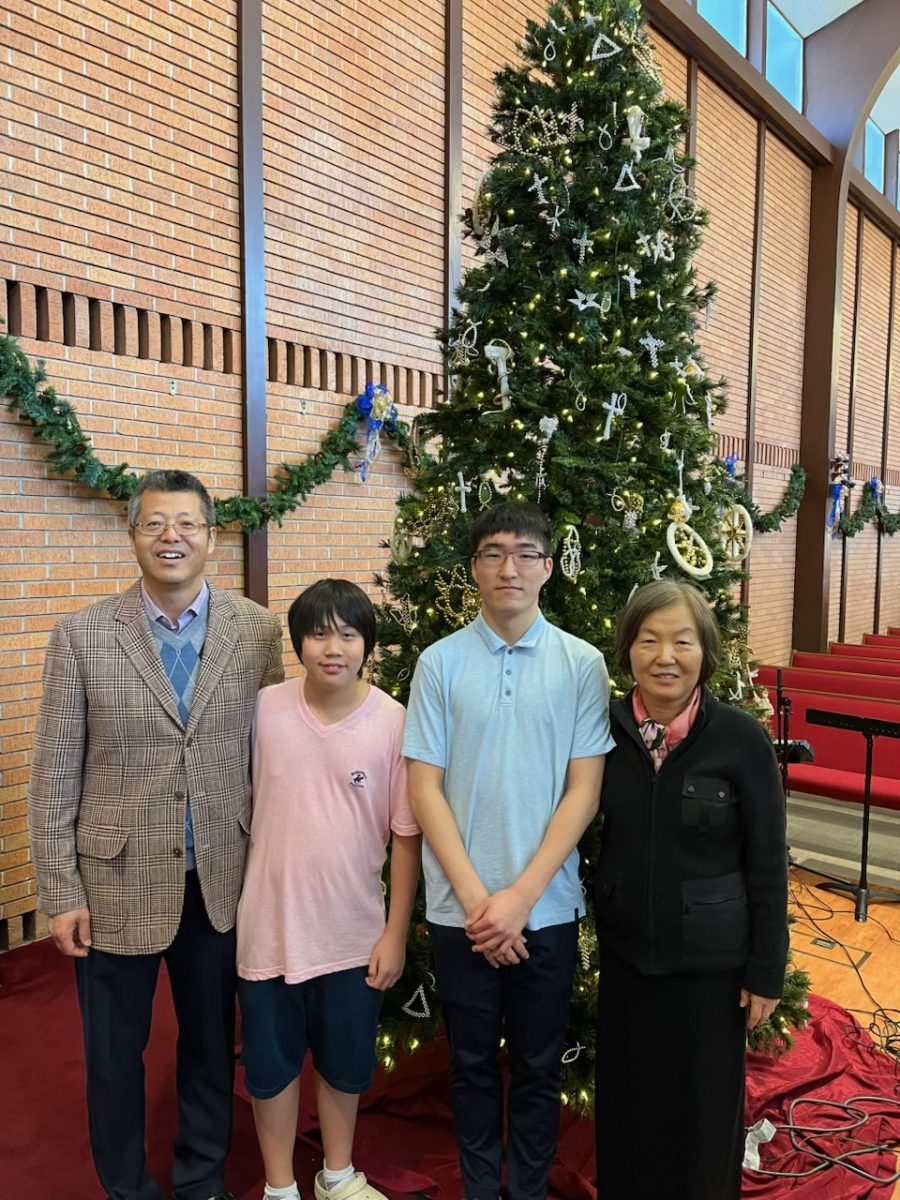
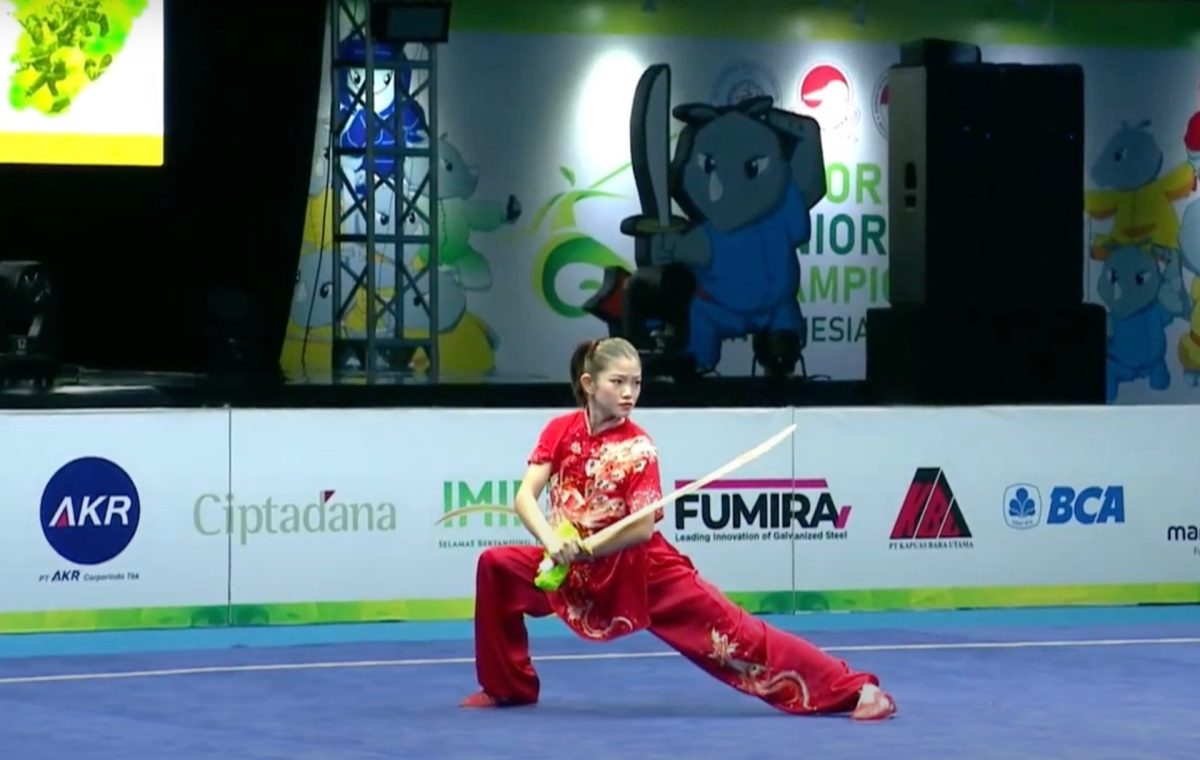
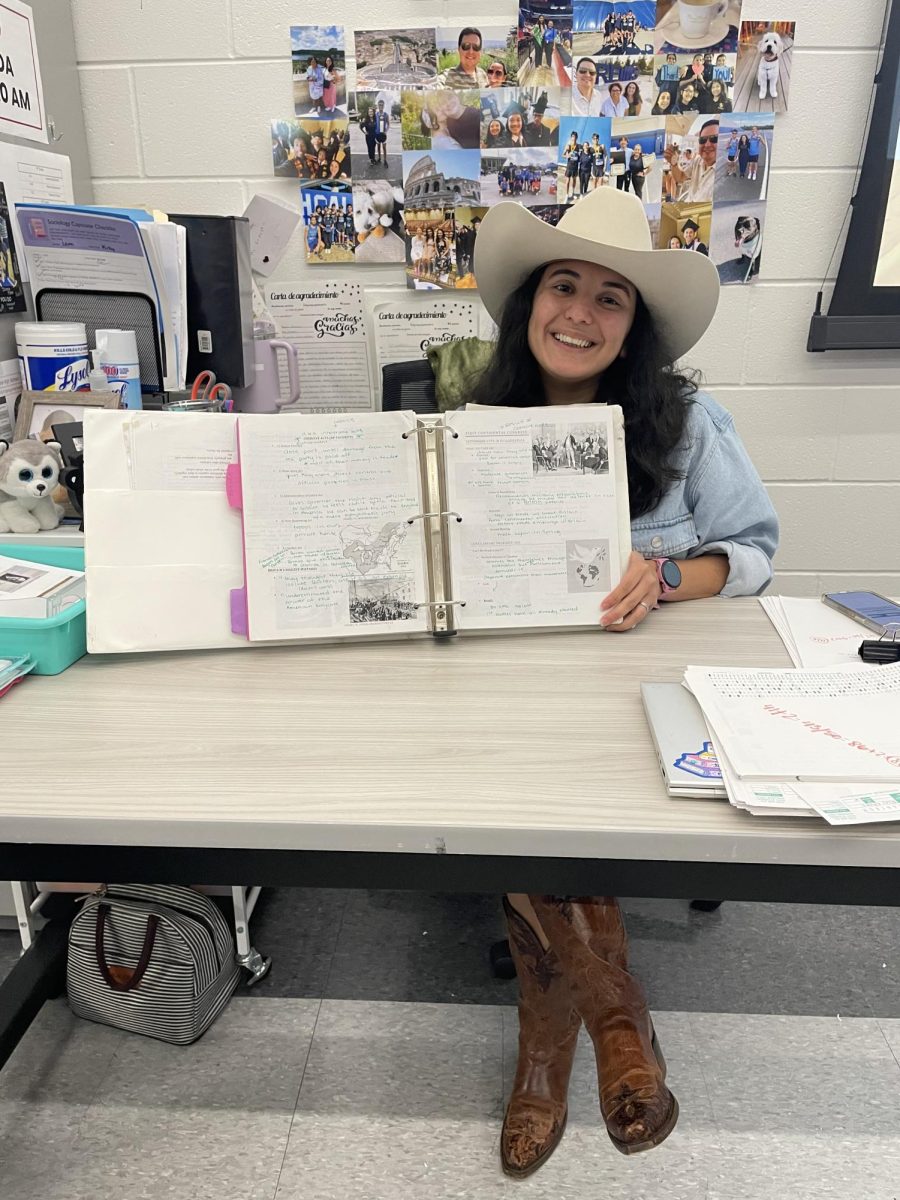

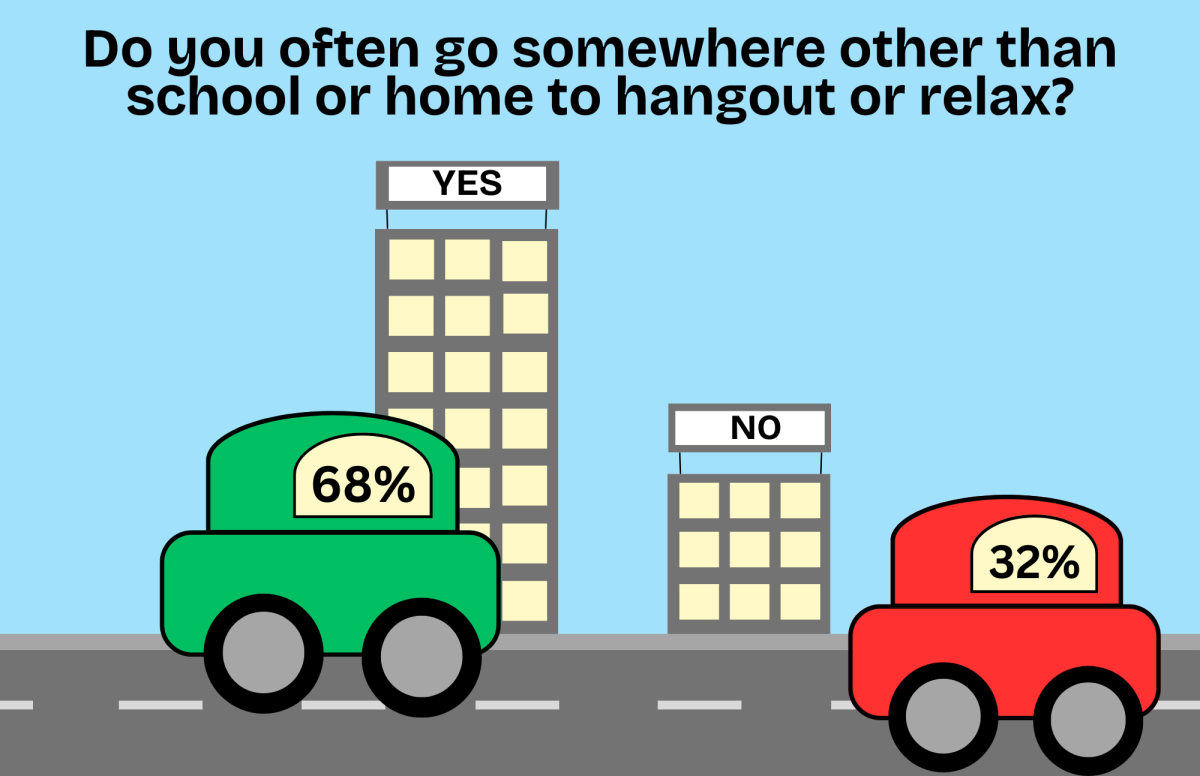
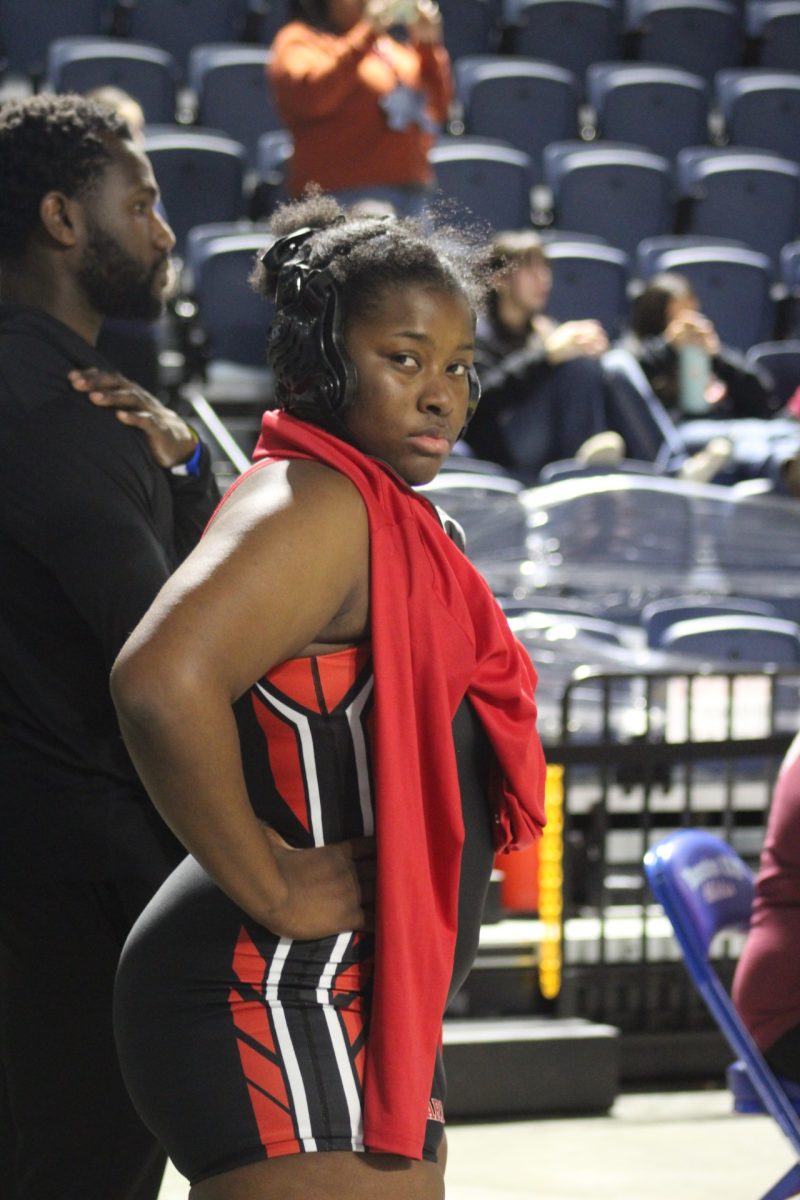
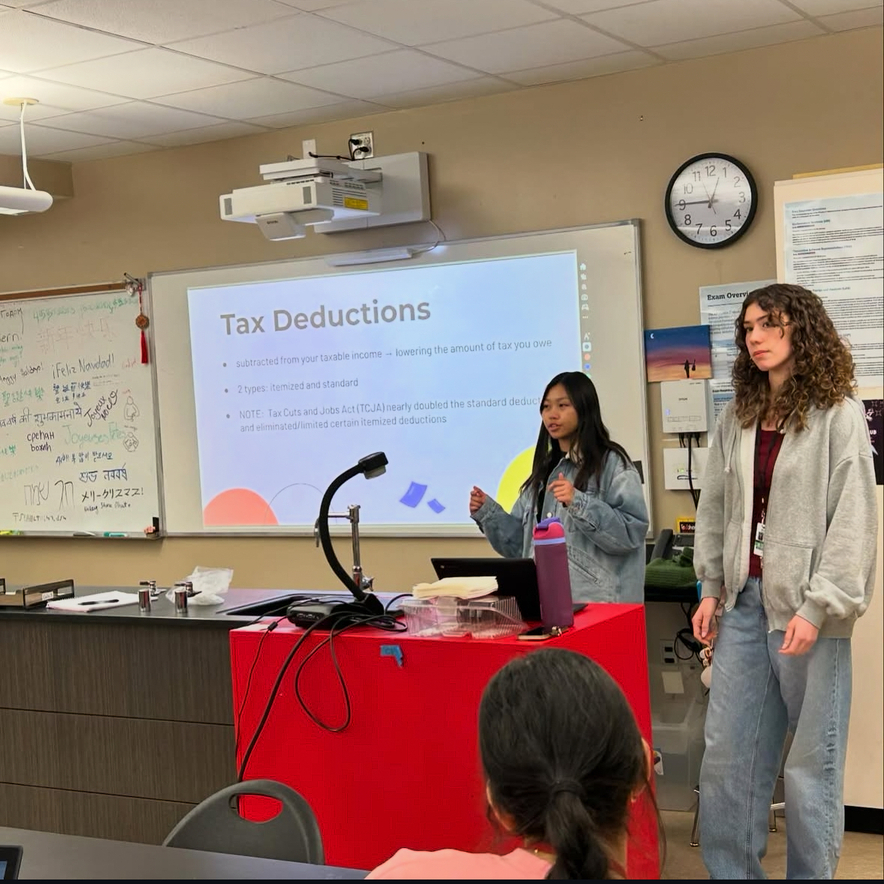
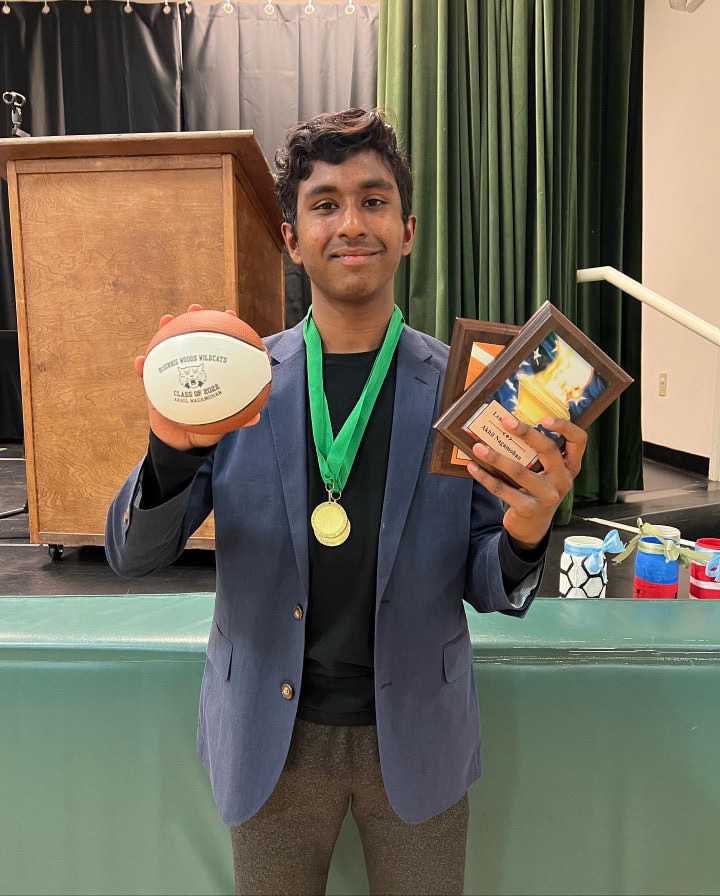
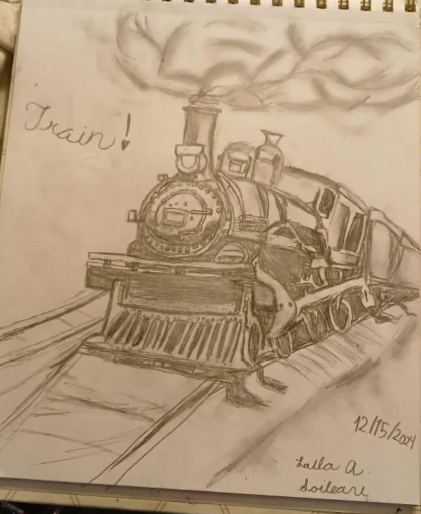
Luca Cheng • Apr 1, 2025 at 1:28 pm
Amazing story!!! I’ve seen John and his brother a couple times and I never knew about their interesting background. What a story.